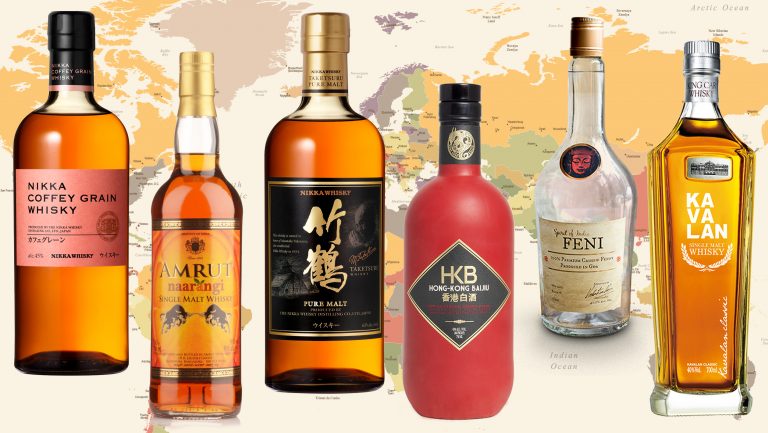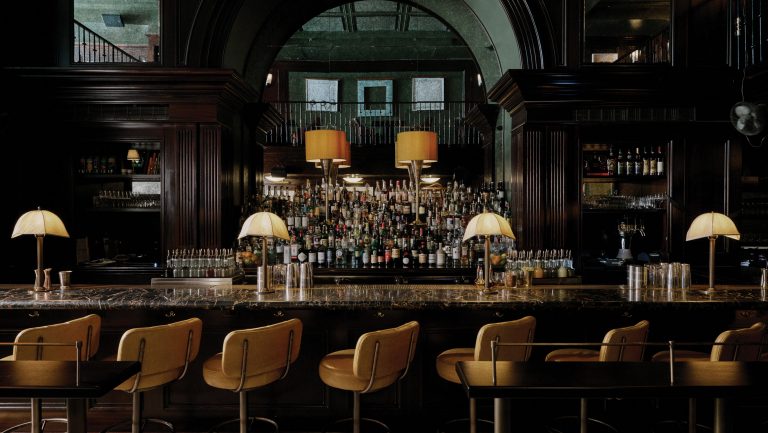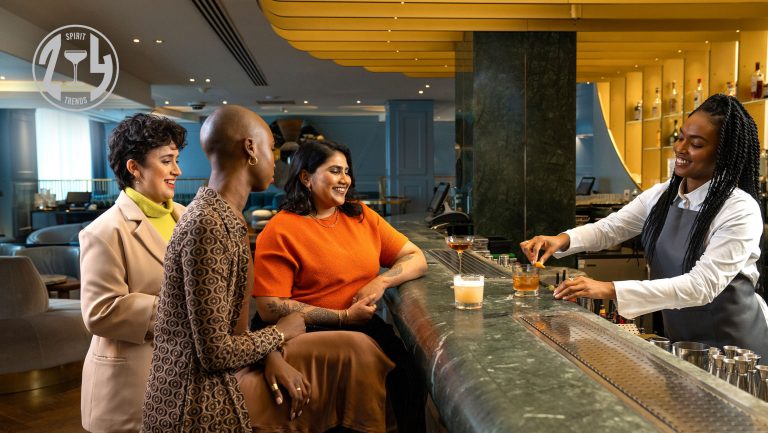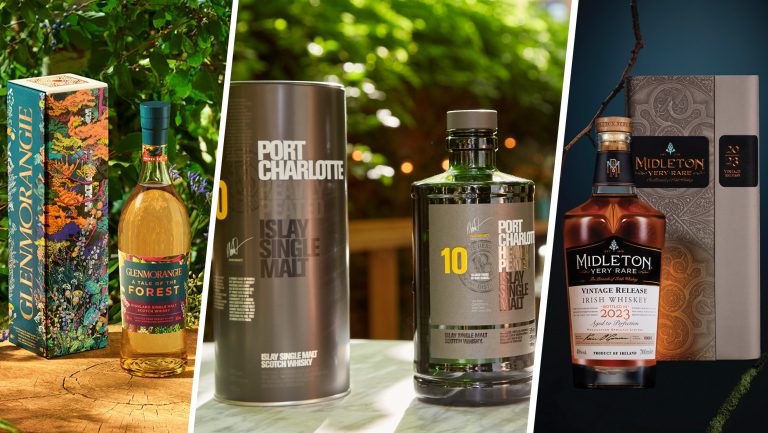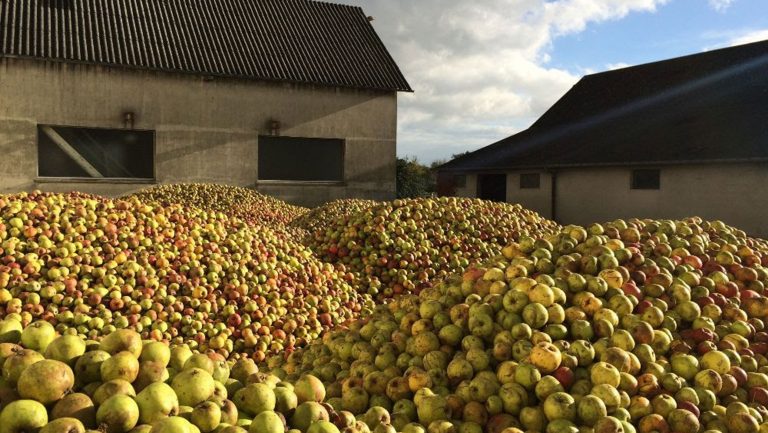Bartenders are increasingly adding spirits made in Asian countries to their beverage programs, widening the global scope of whisky and rum offerings—and finding ways to mix them into inventive cocktails. Beyond standards like sake and shochu, what follows is a short, select list of distilled Asian spirits that bartenders are working with right now.
Japanese whisky (produced in Japan)
Although demand for Japanese whisky has spiked in recent years, and producers have brought a widening array of new bottlings to the U.S., not many bars have built programs specifically around the category. Bar Moga in New York City may be one of the first.
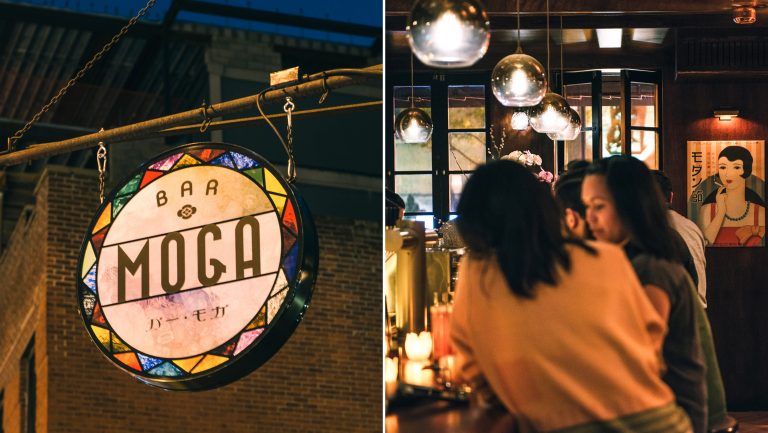
“My main point of pride is our vast collection of Japanese whisky,” says Frank Cisneros, the consulting bar director at Moga, which offers more than 45 labels, including some rare and limited-edition bottlings. “I first fell in love with Japanese whisky when I lived and worked in Japan at the Mandarin Oriental Tokyo,” he says. “Personally, I find Scotch overwhelming, but Japanese whisky has the complexity of Scotch with finesse and a light purity that can only come from the mountain spring water most distilleries [in Japan] use.”
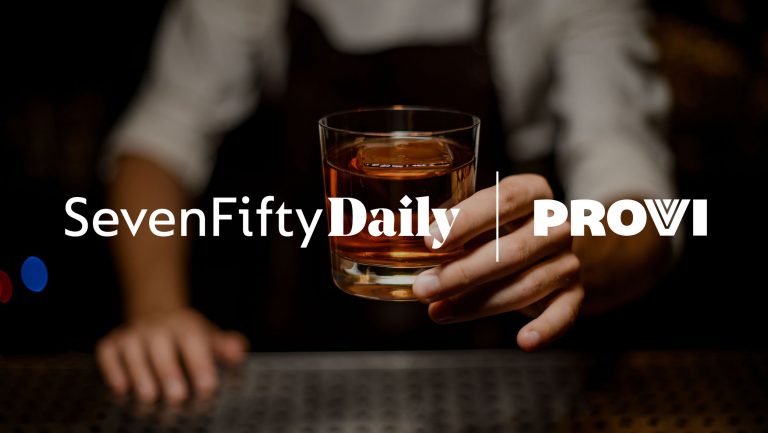
Don’t miss the latest drinks industry news and insights. Sign up for our award-winning newsletters and get insider intel, resources, and trends delivered to your inbox every week.
Cisneros advises against serving Japanese whisky neat. “The Japanese don’t drink spirits straight,” he says. “Japanese whisky is really designed to be enjoyed with some form of dilution, even if that dilution is just a large ice cube.” Whisky highballs are part of Moga’s program, along with cocktails like the bar’s signature—The Moga—made with Japanese whisky, rhum, aged plum liqueur, and bitters.
Kavalan (whisky from Taiwan)
Houston’s Reserve 101, a downtown Houston bar known for its expansive whiskey program, also has a collection of Japanese whiskies. But whisky from Taiwan—notably, the Kavalan line—is also worth a look, says Reserve 101’s owner, Mike Raymond; the Cask Strength Vinho Barrique bottling is redolent of stone fruit and honey, he notes, and finishes long and dry. “They’re making some great stuff,” he says. “It’s relatively new and young—the stuff in the bottle is two to three years old at most.” The steep price, however, “scares some people away,” Raymond notes, especially those who aren’t familiar with the brand. (For example, a dram of Kavalan’s Vinho Barrique sells for $40 at Reserve 101, while a Pedro Ximenez–finished single cask bottling goes for a steep $175, also for a single pour.) But, Raymond says, “I think the best is yet to come from Kavalan.”
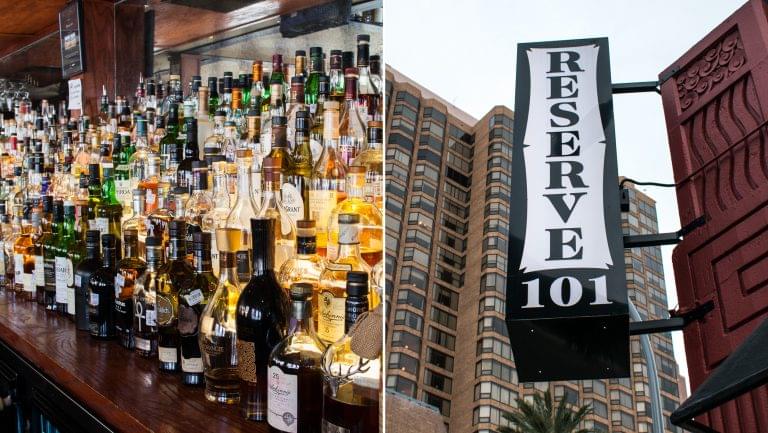
Amrut (whisky from India)
Raymond is also a fan of Amrut’s limited-edition bottlings—what he refers to as one-offs. For example, he points to Naarangi, from the Hindi word for “orange.” This whisky was aged in a barrel that had previously held oloroso sherry and orange peels, which gives the finished whisky distinct orange notes. “Some people might argue [that] that’s not whisky,” Raymond says. “Call it what you want, but it’s a fun, unique product.”
Feni (produced in India)
This unique clear spirit is produced in Goa and is distilled from the fruit that surrounds the cashew nut. Raymond finds the flavor hard to describe but says “it’s versatile, light; it brightens up a drink; [it’s] not overly boozy, sweet but not overly sweet,” which makes it an ideal foil for cocktails like Houston Reserve 101’s East India Daiquiri, which is made with white rum, feni, pamplemousse liqueur, lime, grapefruit juice, and maraschino liqueur.
Baijiu (produced in China)
While China’s signature white spirit hasn’t been the runaway hit in the U.S. that experts had predicted a couple of years ago, a number of bartenders are embracing it for cocktail use. For example, at Chinese Tuxedo in New York City, the head bartender, Tui Te Kaaho, showcases it in an update of the classic Tuxedo cocktail, splitting the base between gin and baijiu. Meanwhile, at China Poblano at The Cosmopolitan in Las Vegas, bartender Felisha Leger created a baijiu-spiked Orange Blossom cocktail for the Chinese New Year—it showcases baijiu along with ginger liqueur, simple syrup, mandarin orange puree, and cava. It’s now part of the main cocktail menu.

Dispatch
Sign up for our award-winning newsletter
Don’t miss the latest drinks industry news and insights—delivered to your inbox every week.
Kara Newman reviews spirits for Wine Enthusiast magazine and is the author of Shake. Stir. Sip., Nightcap, and Cocktails with a Twist (Chronicle Books).

